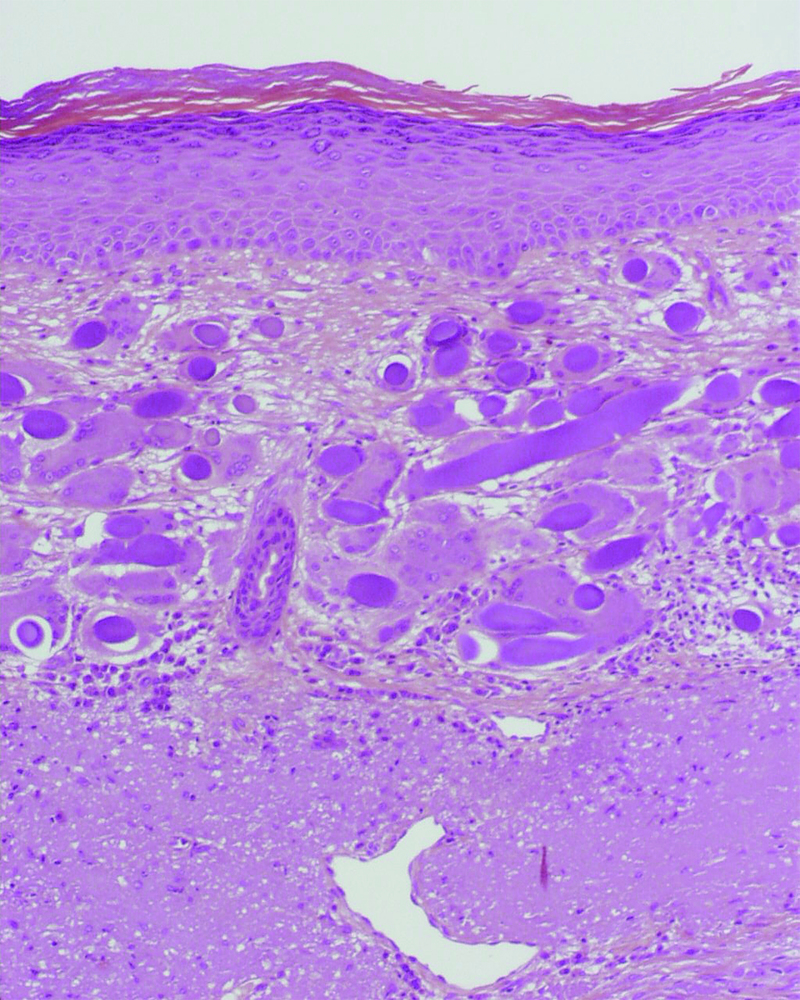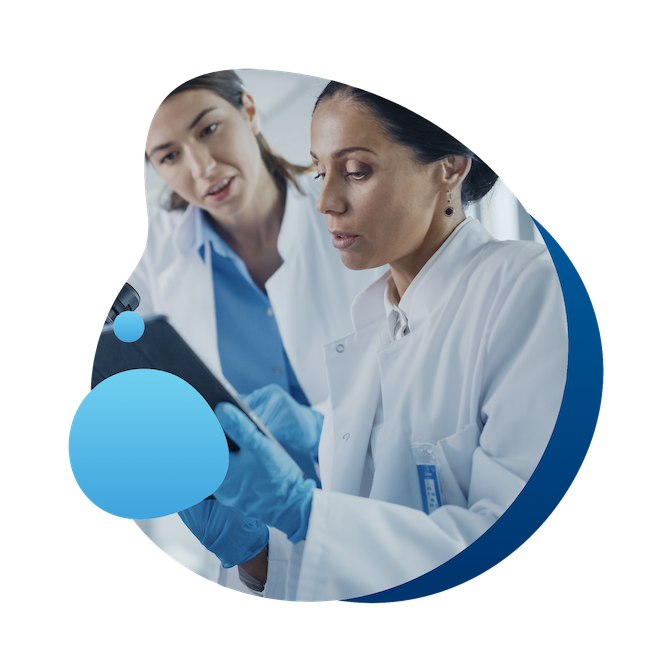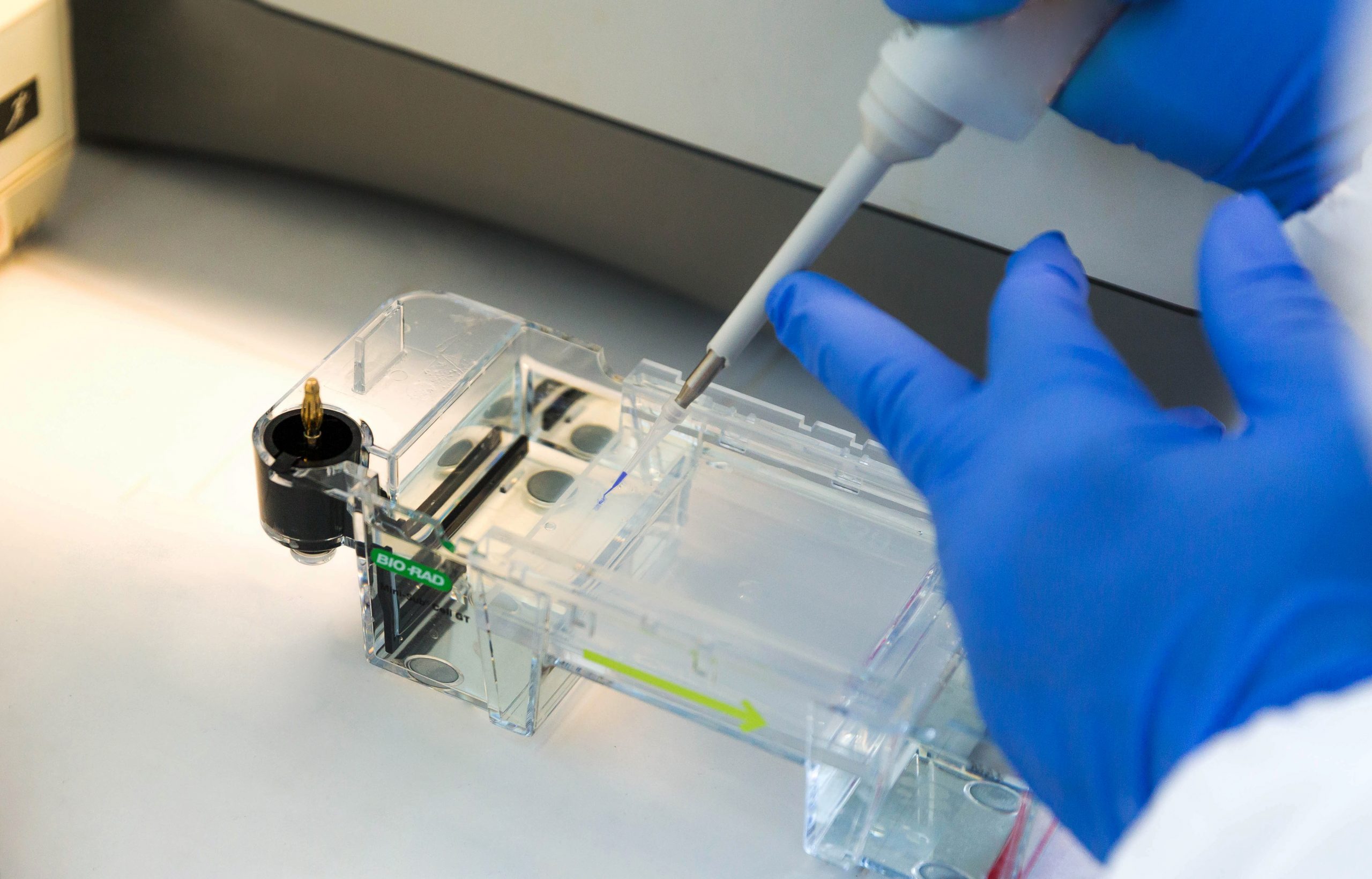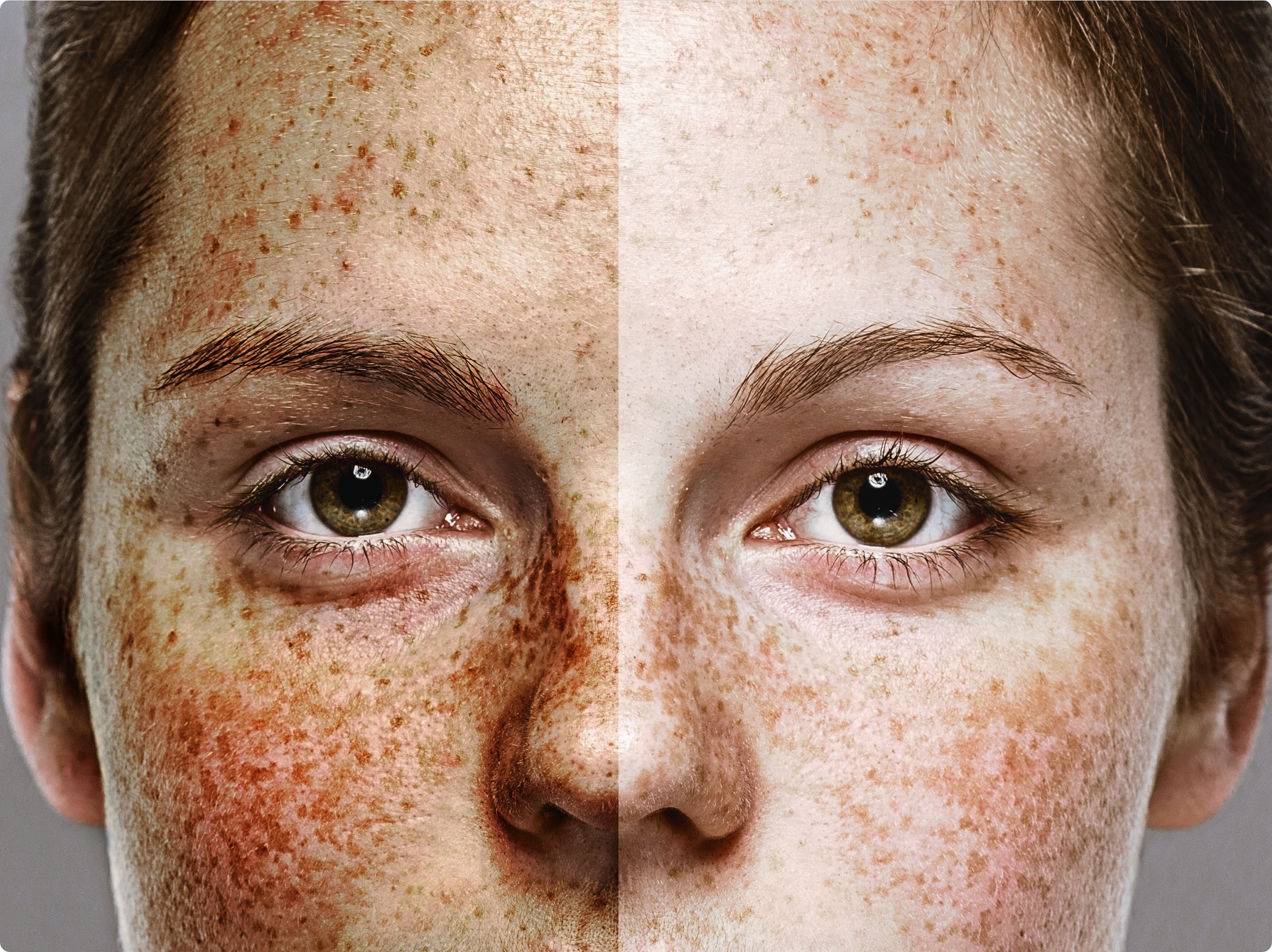
From the regenerating power of Hyaluronic Acid to the future of medicine
After decades of research into Hyaluronic Acid, which is known for its benefits in stimulating the natural repair and regeneration processes in damaged tissues, today we are also progressing in the field of regenerative medicine.
Regenerative medicine offers a promising synergistic role with Hyaluronic Acid, thanks to the development of new therapeutic strategies in the areas we work in.
Regenerative medicine may be defined as the process of replacing or “regenerating” human cells, tissues or organs to restore or establish normal function. For instance, some Regenerative medicine approaches involve the process of biological tissues found in the patient’s own body, such as blood, fat or skin. In general, these biological treatments are well tolerated, as they are minimizing patients’ immune rejection and infection transmissions risk.
Platelet-rich plasma (PRP) is obtained from the patient’s blood and contains mainly platelets and a large quantity of growth factors and other molecules capable of activating and accelerating tissue repair and regeneration at the application site.1
Skin micrografts are autologous skin fragments that allow wound coverage by utilising a minimal amount of skin.2
Autologous skin micrografts may provide the starting signal for faster endogenous wound healing.3
The stromal vascular fraction (SVF) is a special part of adipose tissue with high regenerative potential thanks to its content of growth factors and regenerative cells. SVF can be extracted from patient’s own fat tissue in the form of tiny connective tissue micrografts to be used for different therapeutic applications.4
Nanofat is an emulsion rich in regenerative cells and precursors derived from adipose tissue by using a special procedure. Nanofat can be injected through a fine needle in common applications of regenerative aesthetic medicine.5
Bone marrow concentrate (BMC) is a heterogenous concentrate obtained from the aspirate of bone marrow rich in adult stem cells of different lineages (mesenchymal, hematopoietic and endothelial), as well as growth factors from platelets, all involved in natural healing process.6
Applications
These techniques can be used only by qualified healthcare professionals, in outpatient settings or in the surgery room.
Joint cartilage defects do not repair spontaneously and can lead to the development of osteoarthritis. PRP works to reduce chronic inflammation and has chondroprotective and joint lubrication effects.
BMC can contribute to pseudoarthrosis healing due to differentiation potential, secretion of specific factors, capability of interacting with other cells.
The action of SVF stimulates the anti-inflammatory and regenerative processes in the treatment of tendinopathies, especially for cases who do not respond to conventional treatments.
Nanofat grafting can be useful in eliminating blemishes around the eye, in scar treatment or in rejuvenating treatments for the décolleté, the face and the hands.5
The healing and regenerative effects of PRP make it an attractive treatment modality for a number of aesthetic medicine conditions such as skin rejuvenation, scar revision, alopecia etc.1
Autologous skin micrografts may provide the starting signal for faster endogenous wound healing thanks to their rich content of stem cell-like progenitor cells. They are considered a feasible therapeutic approach to improve chronic wound healing, allowing wound coverage by utilizing a minimal amount of donor skin.3
PRP supports wound healing by promoting several biological processes. PRP therapy has shown promising results for chronic wounds of various etiologies.1
References
1White C, Brahs A, Dorton D, Witfill K. Platelet-Rich Plasma: A Comprehensive Review of Emerging Applications in Medical and Aesthetic Dermatology. J Clin Aesthet Dermatol. 2021;14(11):44-57
2Biswas A, Bharara M, Hurst C, Armstrong DG, Rilo H. The micrograft concept for wound healing: strategies and applications. J Diabetes Sci Technol. 2010 Jul 1;4(4):808-19. doi: 10.1177/193229681000400407. PMID: 20663442; PMCID: PMC2909510.
3Balli M, Vitali F, Janiszewski A, Caluwé E, Cortés-Calabuig A, Carpentier S, Duelen R, Ronzoni F, Marcelis L, Bosisio FM, Bellazzi R, Luttun A, De Angelis MGC, Ceccarelli G, Lluis F, Sampaolesi M. Autologous micrograft accelerates endogenous wound healing response through ERK-induced cell migration. Cell Death Differ. 2020 May;27(5):1520-1538. doi: 10.1038/s41418-019-0433-3. Epub 2019 Oct 25. PMID: 31654035; PMCID: PMC7206041.
4Busato A, De Francesco F, Biswas R, Mannucci S, Conti G, Fracasso G, Conti A, Riccio V, Riccio M, Sbarbati A. Simple and Rapid Non-Enzymatic Procedure Allows the Isolation of Structurally Preserved Connective Tissue Micro-Fragments Enriched with SVF. Cells. 2020 Dec 29;10(1):36. doi: 10.3390/cells10010036. PMID: 33383682; PMCID: PMC7824313.
5Cohen, S. R., S. Hewett, L. Ross, F. Delaunay, A. Goodacre, C. Ramos, T. Leong and A. Saad (2017). “Regenerative Cells For Facial Surgery: Biofilling and Biocontouring”. Aesthet Surg J 37(suppl_3): S16-S32.
6Centeno CJ, Al-Sayegh H, Bashir J, Goodyear S, Freeman MD. A dose response analysis of a specific bone marrow concentrate treatment protocol for knee osteoarthritis. BMC Musculoskelet Disord. 2015 Sep 18;16:258. doi: 10.1186/s12891-015-0714-z. PMID: 26385099; PMCID: PMC4575428.
Related areas





